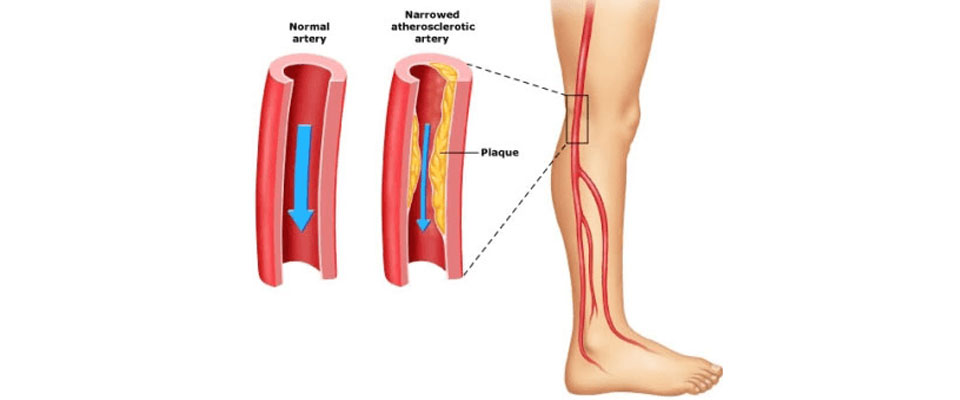
What's Critical Limb Ischemia?
Critical ischemia in the leg is a lack of blood flow that threatens all or part of the leg and is usually defined as persistently recurring rest pain for more than two weeks or ulceration or foot gangrene. Many patients with critical limb ischemia are elderly and frail, which is reflected in the condition's prognosis. Even with treatment, 25 percent of these patients die within one year and only half survive for more than five years, mainly due to myocardial infarction and stroke deaths. Treatment objectives are relatively short-term ulcer cure and limb rescue and focus on the quality of life and long-term durability of any procedure.
What Are The Symptoms Of Ischemia In Critical Limbs?
Severe ischemic limb pain is felt in the toes and forefoot and is usually worse at night. In the early hours, patients wake up with severe pain, relieved by hanging the leg from the bed so that blood flows down to the foot. Some patients sleep on a chair. In the night, many patients get up and walk around, stimulating flow and reducing pain. The patient may suffer intermittent claudicating at short distances during the day. This pattern of symptoms: A critical limb ischemia is strongly suggestive of calf claudicating by day and pain in the toes at night.
What Are The Consequences Of Ischemia In Critical Limbs?
Critical limb ischemia will progress without treatment, causing pain and weakness to worsen. Ulcers develop on the bottom leg and foot, and gangrene eventually begins. If the problem is left too late, the leg cannot be saved and amputation can be the only way to save the life of the patient.
How Is It Treated With Critical Limb Ischemia?
Most patients with ischemia in critical limbs have other serious medical conditions and it is important to ensure that they are treated as well as possible. For example, attention from a cardiologist can in many cases improve cardiac output to such a degree that the limb improves without any specific intervention in its blood supply. Duplex scanning is the first method used to evaluate the affected limb and determine where the main blockages limit the flow of blood. Other methods may be required, such as angiography, but duplex scanning is often sufficient to plan treatment.
Bypass Surgery:
Severe ischemia of limbs is often the result of extensive blocked arteries. With angioplasty techniques, it may be impossible to unblock them. A surgical bypass can save a leg where angioplasty fails in such cases. Bypass for critical limb ischemia typically involves the use of vein from the patient's leg and the use of it to bypass the long section of blocked arteries to carry blood to the lower leg and foot of the vessels. There are many different artery reconstructions to improve the flow of leg blood; some are described in the website's section on treatments, techniques and services.